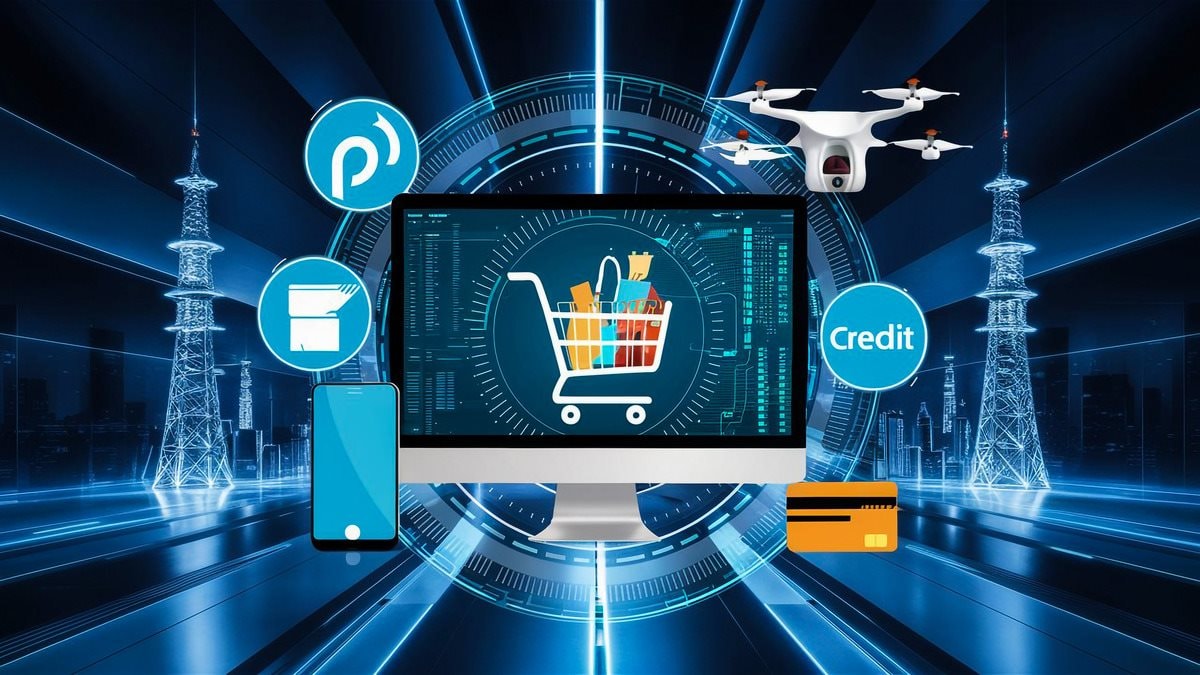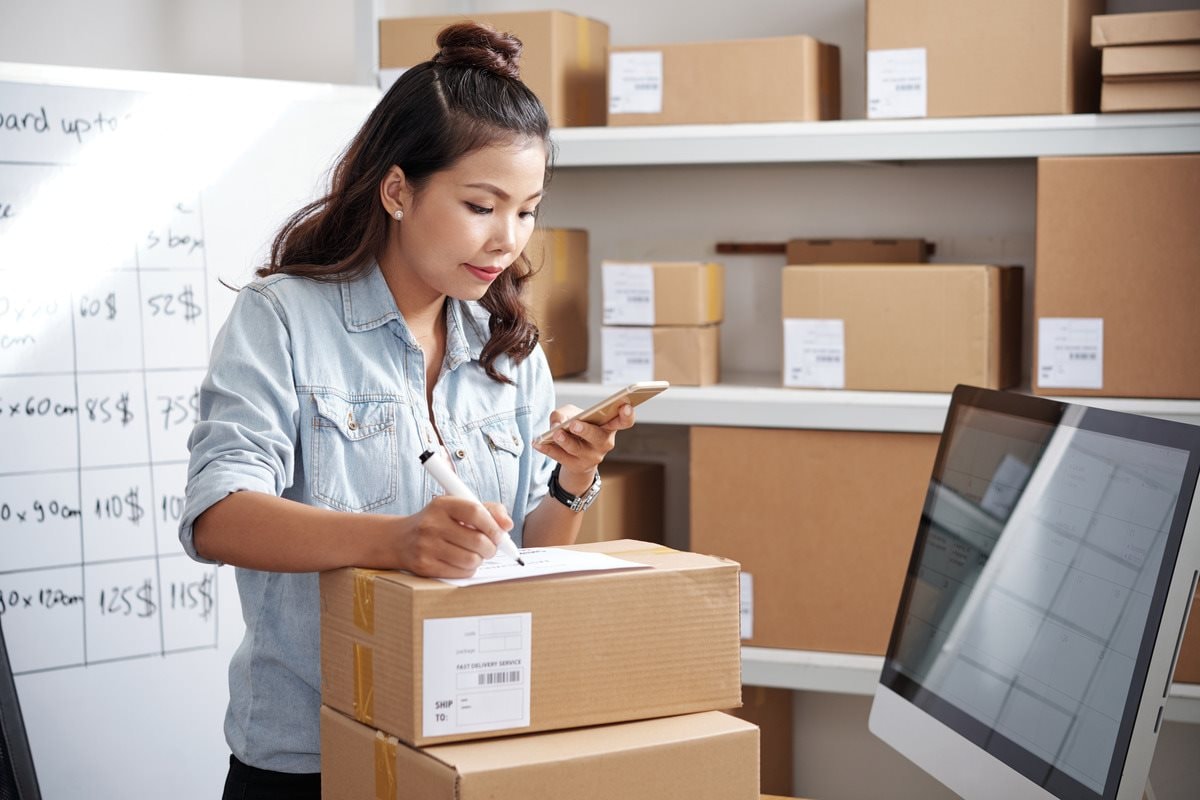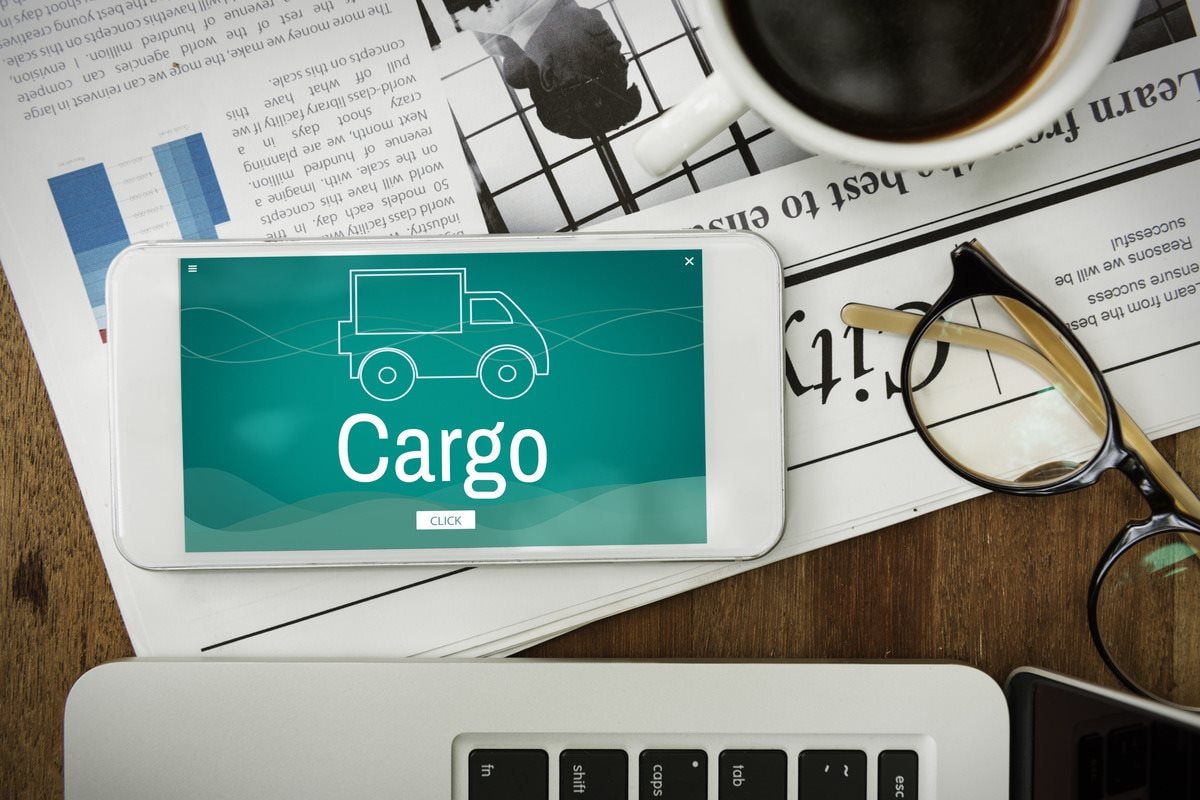Logistics – The Key to E-commerce Development in Southeast Asia
English - Ngày đăng : 16:02, 01/10/2024

The article below analyzes new trends in e-commerce and how logistics is preparing for the next phase of growth.
E-commerce in Southeast Asia: The Digital Gold Rush
Every year on November 11, millions of Asian consumers tap their phone screens, creating a massive shopping wave, epitomized by Alibaba’s “Singles’ Day” event. In 2020, Alibaba set a record with $74.1 billion in revenue during this event, far surpassing the combined sales of Black Friday and Cyber Monday in the U.S. This staggering figure underscores the strength of e-commerce in Asia, particularly in China, where innovative and large-scale logistics solutions have optimized delivery with low costs and high speed.
China’s e-commerce explosion has encouraged international companies to expand into Southeast Asia, a region with more than 600 million consumers, spread across countries such as Indonesia, Vietnam, Thailand, Malaysia, and the Philippines. Leading e-commerce platforms like Shopee, Lazada, and TikTok are catering to the diverse demands of this market.
Similar to China’s “Singles’ Day,” large discount events such as 11.11 and 12.12 in Southeast Asia are shaping shopping behaviors and driving sales to new heights. According to a report by Google, Temasek, and Bain & Company, Southeast Asia’s total e-commerce gross merchandise value (GMV) reached $139 billion in 2023 and is projected to grow to $186 billion by 2025.
E-commerce Growth Through New Technology Applications from China
E-commerce companies in Southeast Asia are increasingly using AI, big data, and automation to improve logistics and personalize customer experiences. With high mobile penetration, Southeast Asian consumers are shifting towards mobile-first shopping, a trend strongly supported by technological advances from China.
Social media has also played a crucial role, with platforms integrating direct links to online retailers, enabling seamless advertising and shopping. Social commerce is becoming a strong trend, allowing consumers to complete transactions without leaving the social media app. Platforms like Shopee and Lazada have capitalized on strategies such as live streaming and gamification, following the successful model of Chinese companies like Pinduoduo.
The Role of Logistics in Southeast Asian E-commerce
The development of e-commerce has significantly increased the demand for advanced logistics, with services segmented into both low-cost and premium options. Delivery services must adapt to meet the need for both affordability and speed. According to McKinsey, “New logistics capabilities will be required, and logistics companies that possess them will capture the most value from this shift.”

However, Southeast Asia still faces major geographical and infrastructure challenges, particularly in connecting the many small islands in Indonesia and the Philippines. Poor road networks and reliance on slower maritime routes add to the difficulty of delivery, especially in the last mile.
Adapting to New Logistics Trends
Developing Transportation and Warehousing
Countries in the region are investing in road, rail, and maritime infrastructure to speed up delivery, particularly in rural areas. Upgrading warehouses is also a priority to improve inventory management, optimize storage and distribution, and ultimately shorten delivery times. Regional logistics hubs, especially in major cities like Jakarta, Bangkok, and Ho Chi Minh City, are becoming critical nodes in the supply chain.
Adopting New Technologies
The e-commerce boom has driven significant innovations in logistics, particularly in order fulfillment productivity. Today, companies not only track container locations but also need to manage each parcel within the containers. This requires strong investments in data systems and analytics. AI technology is being applied to optimize routing, forecast demand, and manage inventory, increasing efficiency and reducing costs.
Automated warehouses with robots that handle faster and more accurate order processing are becoming a common trend. Southeast Asian consumers are increasingly value-conscious, and digital platforms powered by advanced technologies like augmented reality (AR), IoT, and generative AI are being used to enhance the online shopping experience.
Improving Last-Mile Delivery
Last-mile delivery, especially in hard-to-reach areas, remains a major challenge for logistics in Southeast Asia. To address this, companies are experimenting with drones, autonomous vehicles, and local delivery hubs. Collaborating with local delivery providers who have in-depth knowledge of the region is key to ensuring efficiency and accuracy.
Companies are also investing in smart solutions like automated lockers where customers can pick up their parcels. This helps reduce direct delivery costs and addresses part of the infrastructure challenge.
Enhancing Cross-Border Logistics
Cross-border e-commerce is growing rapidly, particularly with China’s rising exports. Logistics companies need to collaborate with governments to simplify customs processes, reduce trade barriers, and establish regional logistics hubs to shorten transit times. Collaboration between countries will expand logistics networks, especially as e-commerce continues its fast growth.

Localization and Sustainability
Logistics solutions in Southeast Asia need to be tailored to local needs. For instance, services should address unbanked populations or accommodate cultural and language differences. Sustainable solutions, such as using electric delivery vehicles, eco-friendly packaging, and energy-efficient warehouses, are becoming a priority as consumers pay more attention to environmental concerns.
Enhancing Customer Experience
To compete effectively, companies need to offer personalized delivery options, such as same-day delivery, scheduled deliveries, and convenient pickup points. Additionally, real-time order tracking and proactive communication with customers will build trust and increase satisfaction.
The blending of online and offline retail, following China’s “New Retail” model, is likely to become more common. Physical stores can serve as both shopping experiences and hubs for processing online orders, providing a seamless experience for consumers.
Leveraging E-Commerce Platforms
Integrating logistics with leading e-commerce platforms such as Shopee, Lazada, and TikTok will help businesses reach more customers and streamline operations. Omnichannel logistics solutions that support both online and offline sales will provide a consistent shopping experience, creating a competitive advantage in this growing market.
Conclusion: Logistics – The Key to the Future of E-commerce
E-commerce in Southeast Asia is experiencing tremendous growth, with expectations for fast delivery and seamless returns. Logistics has become a key differentiator, not only to meet customer expectations but also to build a competitive edge.
Companies that can adjust their logistics strategies to support omnichannel experiences will dominate the market in the next phase of e-commerce development. However, to fully realize the potential, businesses must address challenges such as weak infrastructure, regulatory hurdles, and digital literacy. Those that prioritize flexibility, sustainability, and customer-centricity in their logistics strategies will have the advantage in capturing the vast opportunities arising from Southeast Asia’s dynamic e-commerce market.
